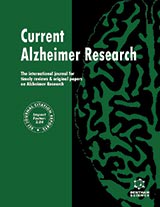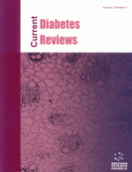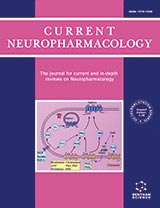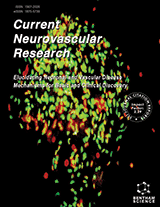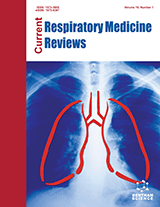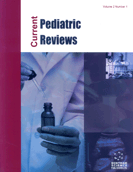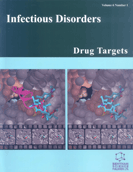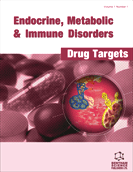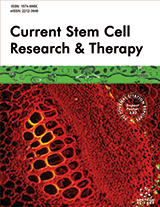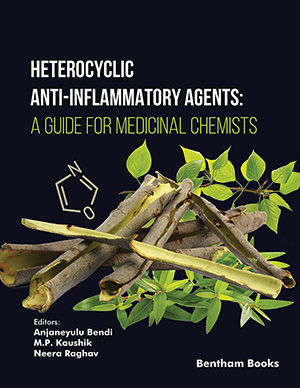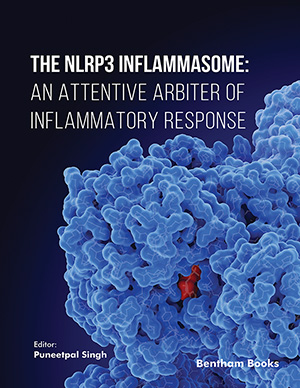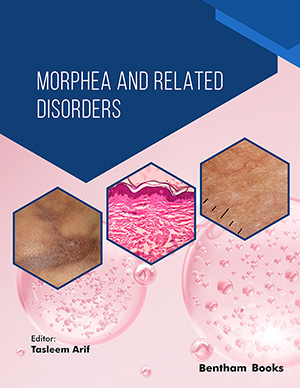Abstract
Background: Frontotemporal Dementia (FTD) is a heterogeneous group of disorders and the second most frequent cause of early onset dementia making it the highest number of inherited cases.
Review Summary: FTD is characterized by considerable variability in clinical, genetic and histopathologic features. Patients may present symptoms ranging from behavioural disturbances to different language disorders, with or without motor neuron disorders or associated parkinsonism. Atrophy in frontal and temporal lobes is the most relevant radiological finding. In the last 10 years, the knowledge of this clinical entity has undergone remarkable changes both genetically and histopathologically, which have served to establish more consistent clinical criteria. Until now, 10 genes causative of FTLD have been described and up to four different proteins causative of atrophy have been detected in aggregates.
Conclusion: This review is mostly addressed to clinicians and aims to provide basic knowledge of these neurodegenerative disorders and clarify the complex FTD scenario.
Keywords: FTLD, phenotypes, proteotypes, genotypes, review, neurologist.
Current Alzheimer Research
Title:Frontotemporal Lobar Degeneration (FTLD): Review and Update for Clinical Neurologists
Volume: 15 Issue: 6
Author(s): Isabel Hernandez*, Maria-Victoria Fernandez, Lluis Tarraga, Merce Boada and Agustín Ruiz
Affiliation:
- Fundacio ACE, Memory Unit. Av Carlos III, 85 bis. Barcelona, ES 08028,Spain
Keywords: FTLD, phenotypes, proteotypes, genotypes, review, neurologist.
Abstract: Background: Frontotemporal Dementia (FTD) is a heterogeneous group of disorders and the second most frequent cause of early onset dementia making it the highest number of inherited cases.
Review Summary: FTD is characterized by considerable variability in clinical, genetic and histopathologic features. Patients may present symptoms ranging from behavioural disturbances to different language disorders, with or without motor neuron disorders or associated parkinsonism. Atrophy in frontal and temporal lobes is the most relevant radiological finding. In the last 10 years, the knowledge of this clinical entity has undergone remarkable changes both genetically and histopathologically, which have served to establish more consistent clinical criteria. Until now, 10 genes causative of FTLD have been described and up to four different proteins causative of atrophy have been detected in aggregates.
Conclusion: This review is mostly addressed to clinicians and aims to provide basic knowledge of these neurodegenerative disorders and clarify the complex FTD scenario.
Export Options
About this article
Cite this article as:
Hernandez Isabel *, Fernandez Maria-Victoria, Tarraga Lluis , Boada Merce and Ruiz Agustín , Frontotemporal Lobar Degeneration (FTLD): Review and Update for Clinical Neurologists, Current Alzheimer Research 2018; 15 (6) . https://dx.doi.org/10.2174/1567205014666170725130819
| DOI https://dx.doi.org/10.2174/1567205014666170725130819 |
Print ISSN 1567-2050 |
| Publisher Name Bentham Science Publisher |
Online ISSN 1875-5828 |
Call for Papers in Thematic Issues
New Advances in the Prevention, Diagnosis, Treatment, and Rehabilitation of Alzheimer's Disease
Aims and Scope: Introduction: Alzheimer's disease (AD) poses a significant global health challenge, with an increasing prevalence that demands concerted efforts to advance our understanding and strategies for prevention, diagnosis, treatment, and rehabilitation. This thematic issue aims to bring together cutting-edge research and innovative approaches from multidisciplinary perspectives to address ...read more
Alzheimer's Disease Drug Development
Alzheimer's disease is a progressive neurodegenerative disorder that affects millions of people worldwide. Despite decades of research, no cure or disease-modifying treatment is available yet. Therefore, the need for developing effective therapies to treat Alzheimer's disease is an urgent matter. This special issue aims to provide a comprehensive overview of ...read more
Current updates on the Role of Neuroinflammation in Neurodegenerative Disorders
Neuroinflammation is an invariable hallmark of chronic and acute neurodegenerative disorders and has long been considered a potential drug target for Alzheimer’s disease (AD) and dementia. Significant evidence of inflammatory processes as a feature of AD is provided by the presence of inflammatory markers in plasma, CSF and postmortem brain ...read more
Deep Learning for Advancing Alzheimer's Disease Research
Alzheimer's disease (AD) poses a significant global health challenge, with an increasing number of individuals affected yearly. Deep learning, a subfield of artificial intelligence, has shown immense potential in various domains, including healthcare. This thematic issue of Current Alzheimer Research explores the application of deep learning techniques in advancing our ...read more
 73
73 17
17
- Author Guidelines
- Graphical Abstracts
- Fabricating and Stating False Information
- Research Misconduct
- Post Publication Discussions and Corrections
- Publishing Ethics and Rectitude
- Increase Visibility of Your Article
- Archiving Policies
- Peer Review Workflow
- Order Your Article Before Print
- Promote Your Article
- Manuscript Transfer Facility
- Editorial Policies
- Allegations from Whistleblowers
- Announcements
Related Articles
-
Oxidative Stress Targeting Amyloid Beta Accumulation and Clearance in Alzheimer’s Disease: Insight into Pathological Mechanisms and Therapeutic Strategies
Current Psychopharmacology NO Chimeras as Therapeutic Agents in Alzheimers Disease
Current Alzheimer Research A Series of Novel Neuroprotective Blood Brain Barrier Penetrating Flavonoid Drugs to Treat Acute Ischemic Stroke
Current Pharmaceutical Design Modulation of Monoaminergic Transporters by Choline-Containing Phospholipids in Rat Brain
CNS & Neurological Disorders - Drug Targets SUBJECT INDEX TO VOLUME 1
Current Genomics The Role of Nitric Oxide on Endothelial Function
Current Vascular Pharmacology Cognition in Non-Demented Diabetic Older Adults
Current Aging Science Late-life Depression and Alzheimer Disease: A Potential Synergy of the Underlying Mechanisms
Current Medicinal Chemistry The Metabolic Basis for Nervous System Dysfunction in Alzheimer’s Disease, Parkinson’s Disease, and Huntington’s Disease
Current Neurovascular Research Diagnosis and Treatment of Unilateral Forms of Primary Aldosteronism
Current Hypertension Reviews Evolution of Antipsychotic Intervention in the Schizophrenic Psychosis
Current Drug Targets Prediction of Conversion from Mild Cognitive Impairment to Alzheimer ’ s Disease by CSF Cytochrome c Levels and N200 Latency
Current Alzheimer Research Treatment Possibilities for Psychosis in Parkinson's Disease with An Emphasis on the Newly Approved Drug: Pimavanserin
CNS & Neurological Disorders - Drug Targets On the Origin of Cortical Dopamine: Is it a Co-Transmitter in Noradrenergic Neurons?
Current Neuropharmacology Regulation of Endothelial Nitric Oxide Synthase in Pathophysiological Conditions
Cardiovascular & Hematological Disorders-Drug Targets Development of a Triggered Nocturnal Blood Pressure Monitoring which Detects Nighttime Blood Pressure Surges in Sleep Apnea Syndrome
Current Hypertension Reviews Drug Repositioning for Treatment of Movement Disorders: From Serendipity to Rational Discovery Strategies
Current Topics in Medicinal Chemistry Targeted Hydrolysis of Beta-Amyloid with Engineered Antibody Fragments
Current Alzheimer Research Novel Drug Targets for the Treatment of Cardiac Diseases
Current Pharmacogenomics and Personalized Medicine Emerging Perspectives on DNA Double-strand Breaks in Neurodegenerative Diseases
Current Neuropharmacology


